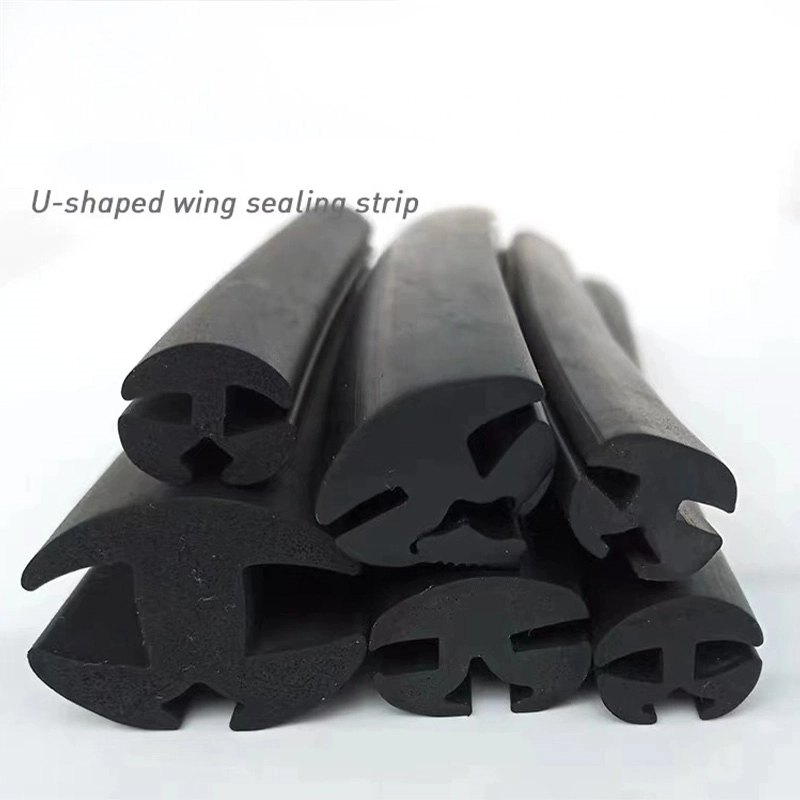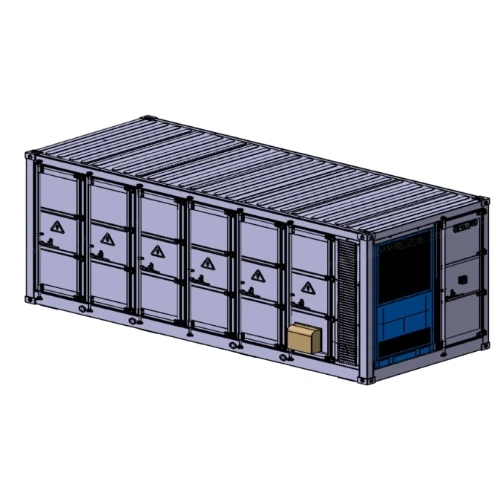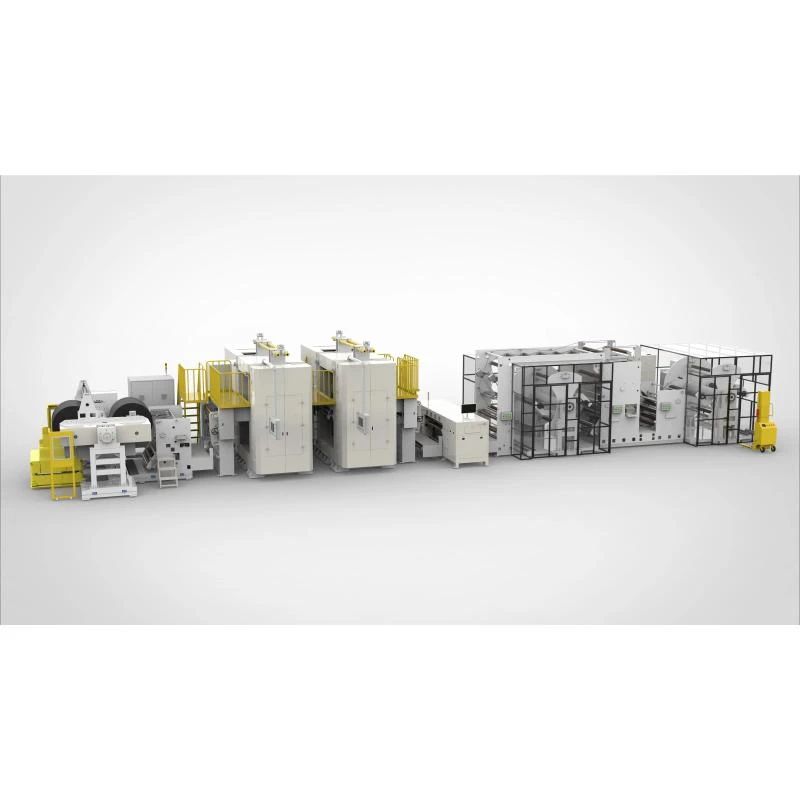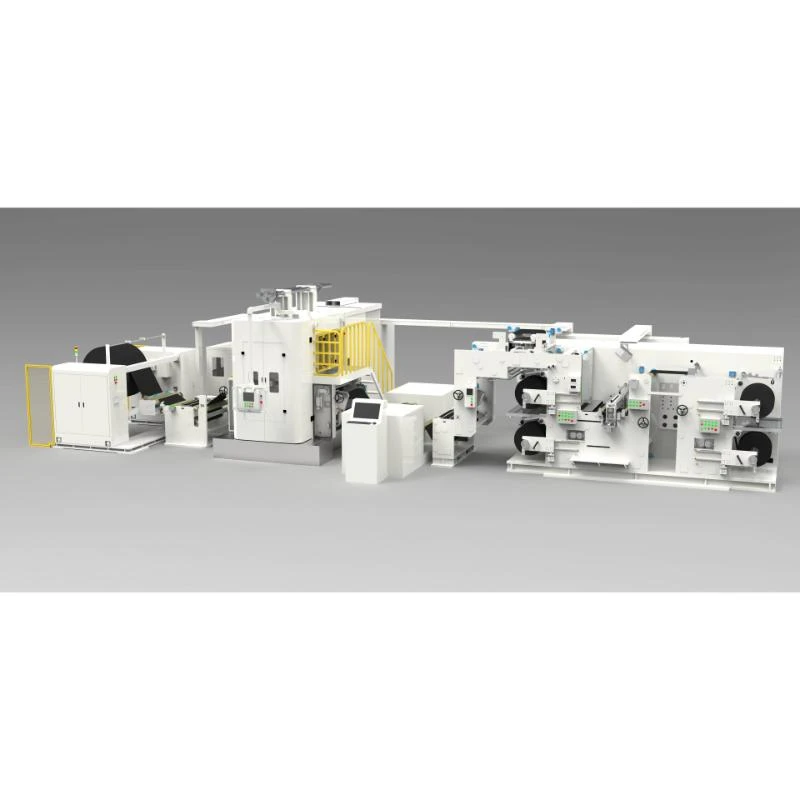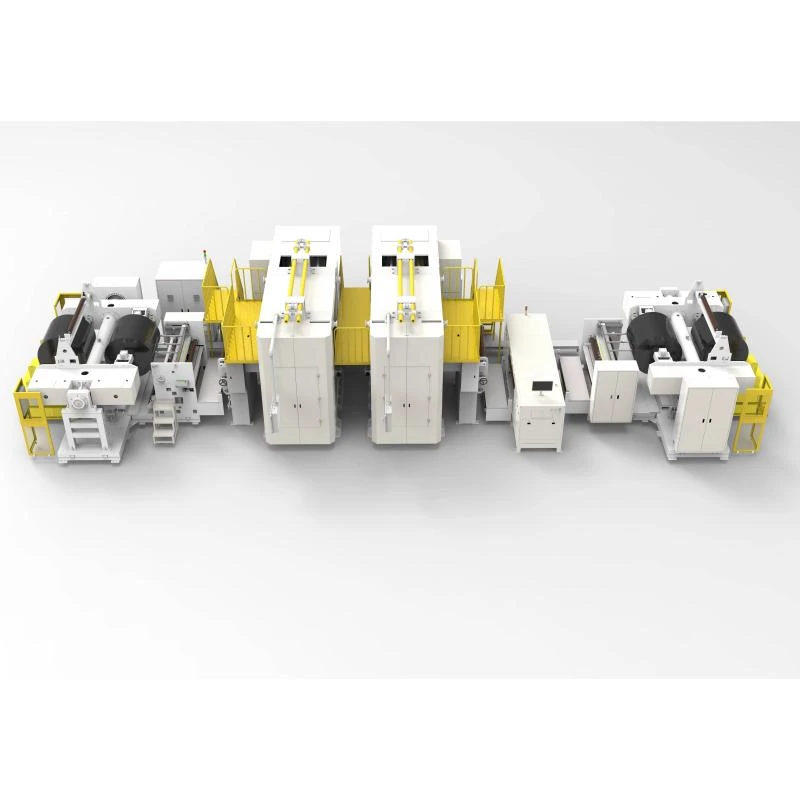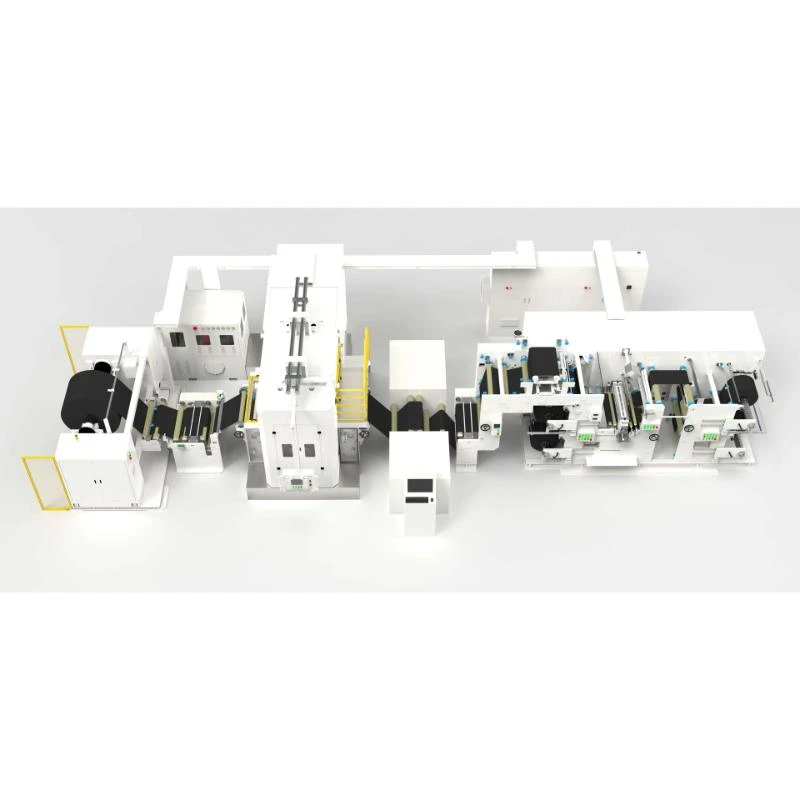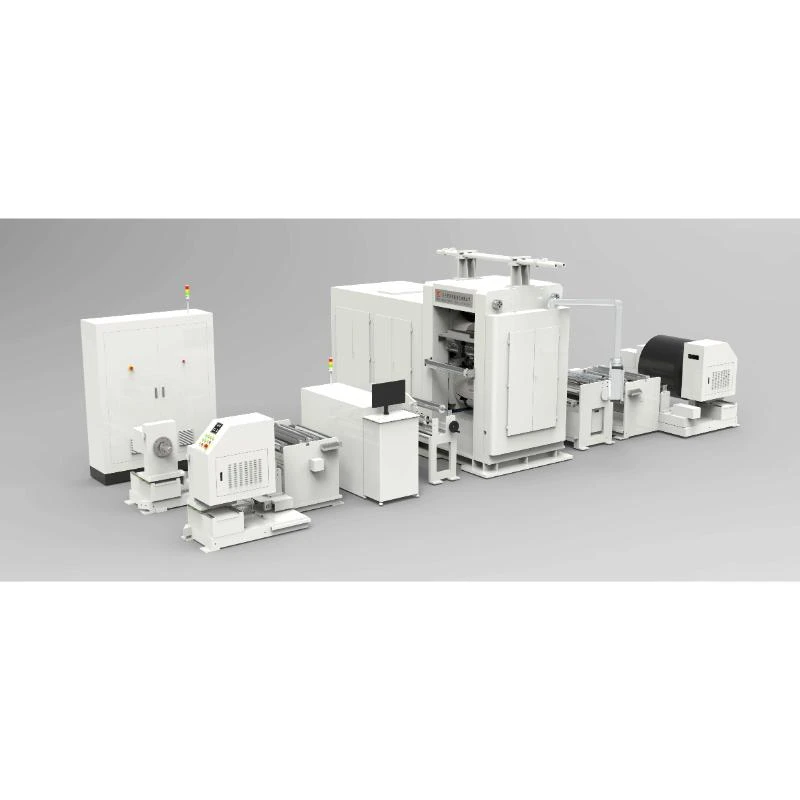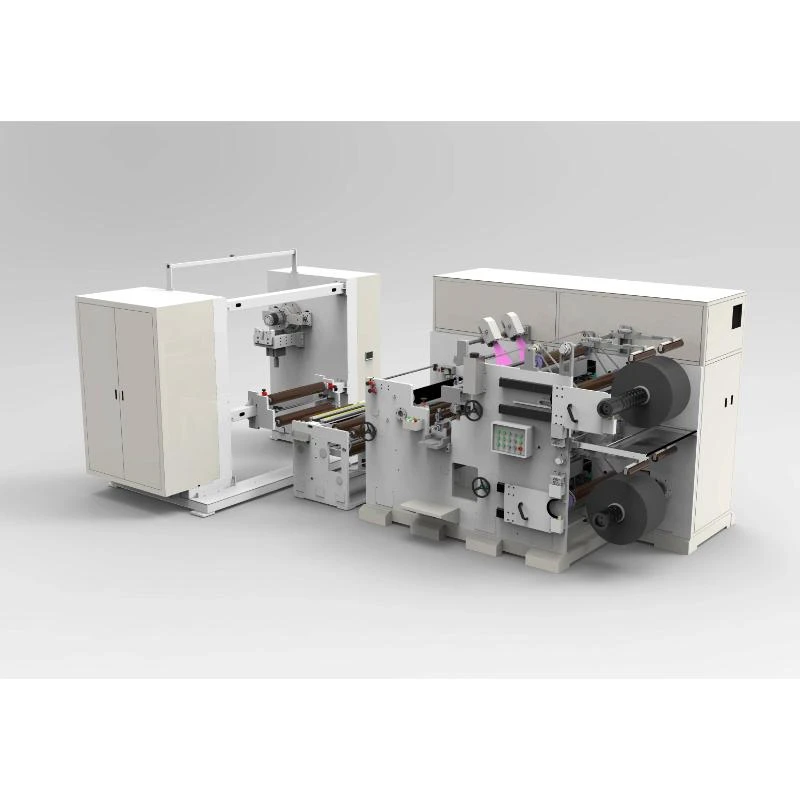Annealing O1 Steel Before Filing
Annealing O1 Steel Before Filing
Annealing is a crucial heat treatment process often employed to enhance the machinability and workability of metals, particularly high-carbon steels such as O1 tool steel. O1 steel is known for its excellent hardness and wear resistance, making it a popular choice for various cutting tools and precision instruments. However, before filing or shaping O1 steel, it is essential to undergo an annealing process to achieve optimal results.
The annealing process involves heating the O1 steel to a specific temperature, typically between 1400°F and 1600°F (760°C to 870°C), and then allowing it to cool slowly. This controlled heating enables the reduction of internal stresses and the refinement of the steel’s microstructure. During annealing, the austenite phase transforms into ferrite and cementite, creating a softer structure that is far easier to work with compared to its hardened state.
One of the key benefits of annealing O1 steel before filing is the improvement in machinability. In its hardened state, O1 steel can be quite challenging to file due to its increased hardness, which often leads to rapid tool wear and can result in an uneven filing finish. By annealing the steel first, the hardness is significantly reduced, enabling smoother filing and reducing the wear on the filing tools.
annealing o1 steel before filing

Moreover, properly annealed O1 steel exhibits enhanced ductility, allowing for better conformity to the desired shapes and profiles during the filing process
. This increased response to mechanical deformation is vital for achieving precision in tool making or any intricate applications that require high accuracy.It’s important to note that the annealing process requires careful control of heating and cooling rates to avoid problems such as warping or excessive scaling. Additionally, once the filing is complete, the O1 steel will likely need to be appropriately hardened again to regain its desirable properties for final use.
In conclusion, annealing O1 steel prior to filing is an essential step in the tool-making process, facilitating improved workability and precision. By transforming the steel's microstructure through controlled heating and slow cooling, artisans can achieve superior results in their projects, ultimately leading to tools that perform efficiently and effectively in their intended applications.
Share
-
The Best Lubricants for Aluminum Roller GuidesNewsJul.23,2025
-
Slitting Machine Applications in the Packaging IndustryNewsJul.23,2025
-
Rolling Roller Balancing Techniques for Smooth OperationNewsJul.23,2025
-
How To Optimize An EV Battery Assembly LineNewsJul.23,2025
-
Energy Efficiency in Modern Battery Formation EquipmentNewsJul.23,2025
-
Automation Trends in Pouch Cell Assembly EquipmentNewsJul.23,2025
